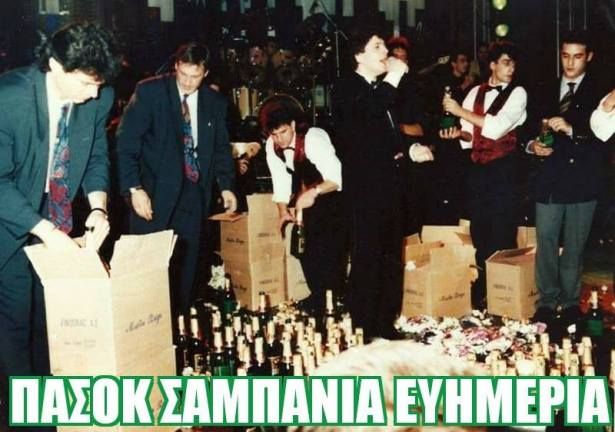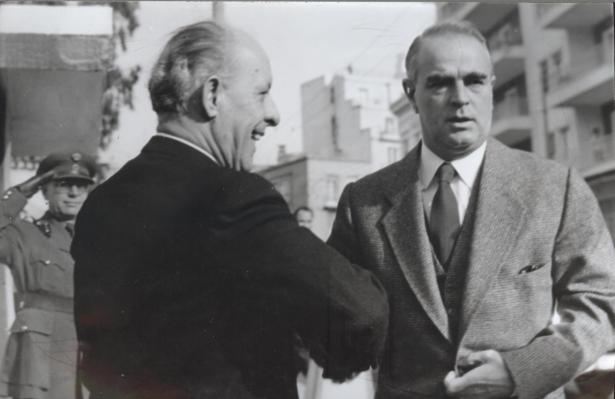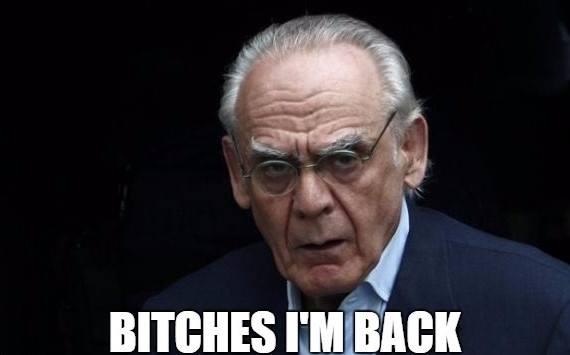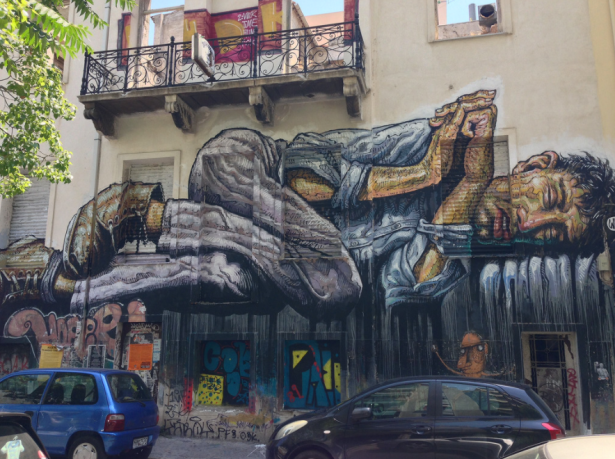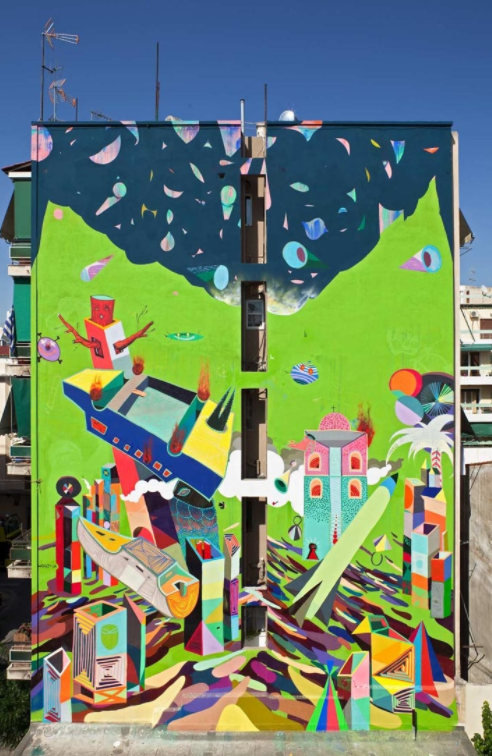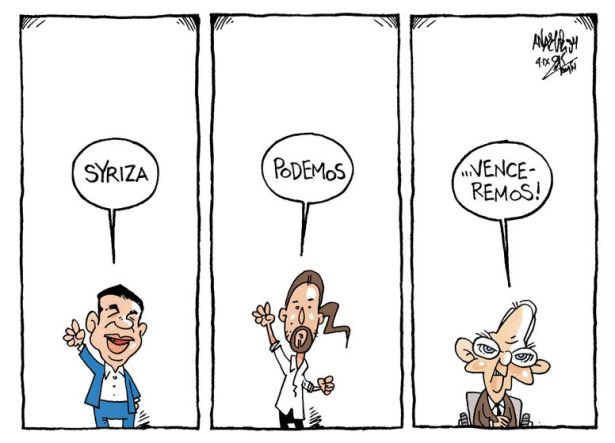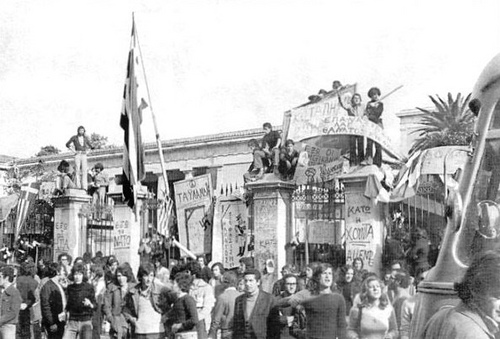
Η προεκλογική περίοδος εκτυλίσσεται σε ένα θέατρο με τους ηθοποιούς σε κωμικοτραγικούς ρόλους, να προσπαθούν να δείξουν τον ηρωισμό τους και τα ταλέντα τους, άλλοτε επιτυγχάνοντας και άλλοτε αποτυγχάνοντας, την ώρα που οι θεατές χειροκροτούν και κραυγάζουν ασυγχρόνιστα, χαμένοι κι αυτοί στην παράσταση, αυτή, του παραλόγου. Στη σκηνή βρίσκονται διάφοροι, μικροί και μεγάλοι, όπως επίσης και στα παρασκήνια.
Από τη μια, έχουμε έναν πρωθυπουργό με σπάνια χαρίσματα, μα περίσσεια αλαζονεία, να παριστάνει φιγούρες του παρελθόντος και να επιδεικνύει έναν πατερναλισμό που κάποτε μαχόταν, κοιτώντας τους πολίτες μοναχά ως ψηφοφόρους και την εκλογική μονομαχία ως μια ευκαιρία να δείξει την υπεροχή του. Από την άλλη, έχουμε έναν ηγέτη της αξιωματικής αντιπολίτευσης – που μόνο ηγέτης δεν είναι, δυστυχώς – να βρίσκεται σε πλεονεκτική θέση λόγω της μουτζούρας της Αριστεράς που παρουσιάζει η κυβέρνηση, μα να έχει χάσει τη γη κάτω από τα πόδια του στη θέα της πρωθυπουργικής καρέκλας.

Παραδίπλα, βλέπουμε μερικές καρικατούρες, άλλοτε τεράτων που θυμίζουν τις πλέον μελανές σελίδες της ανθρωπότητας, και κάποιες άλλες πιο αστείες, που φάσκουν και αντιφάσκουν ενόσω καταλαβαίνουν την έλλειψη λόγου ύπαρξης τους. Στις γωνιές της σκηνής, βλέπουμε κάθε καρυδιάς καρύδι: έξυπνους, χαζούς, καλοπροαίρετους και μη, ίσως και κάποιον με ένα όραμα που όμως δεν του βγαίνει. Αυτοί μάχονται για μια θέση στη σκηνή, για μια ευκαιρία να φανούν, να παίξουν κι αυτοί το κομμάτι τους – κάποιοι γιατί «πρέπει», άλλοι γιατί θεωρούν ότι αξίζουν και άλλοι απλά για λίγη δόξα και χρήμα.
Κι όλα αυτά, σε ένα τόσο δα θεατράκι που λίγο κόσμο μπορεί να μαζέψει, μια και το ‘χουν καταλάβει οι χωριανοί πως η παράσταση δεν θα τους δώσει αυτό που ποθούν. Πού και πού, πετάγονται μερικοί και λένε για την «Ευρώπη», κάποια μυθική ύπαρξη που σχεδόν κανείς δεν αντιλαμβάνεται, αλλά όλοι επικαλούνται όταν βρίσκονται σε δυσμενή θέση. Σαν τον άθεο στο ανέκδοτο που αρχίζει τις προσευχές όταν το αεροπλάνο πέφτει. Κι αυτή την Ευρώπη, ο ένας την υποβαθμίζει και τη βλέπει «δημοσκόπηση» και ο άλλος την εξυψώνει, κάνοντας και λέγοντας τα αντίθετα από αυτά που η Ευρώπη πρεσβεύει.
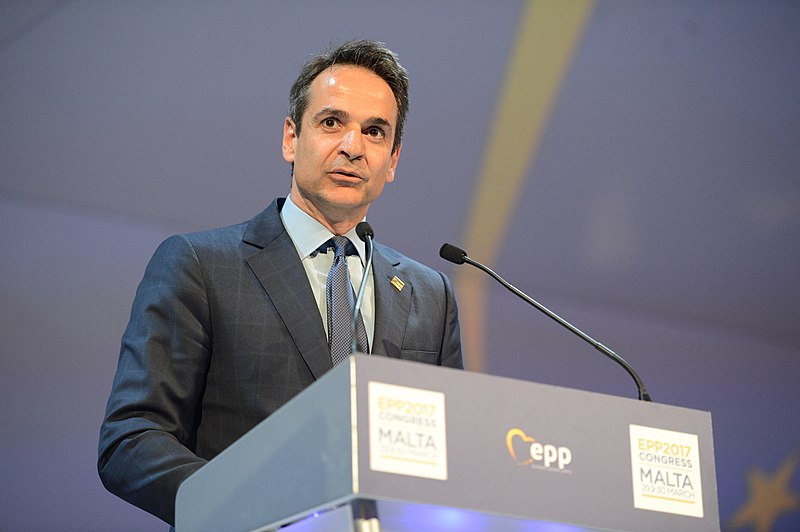
Και μια που πιάσαμε το θρησκευτικό, ας πούμε και ότι ο Τσίπρας αδίκως δέχεται κριτική όταν λέει πως η ιδεολογία που πρεσβεύει, έστω θεωρητικά, το κόμμα του, είναι κοντά στις αρχές του χριστιανισμού. Η αλήθεια είναι πως η Αριστερά βασίζεται στην ιδέα ότι ο άνθρωπος είναι ένα φύσει καλό όν, ότι η απληστία και η φιλαργυρία είναι κακά χαρακτηριστικά, ότι πρέπει να αγαπάς τον πλησίον σου, ανεξαρτήτα από το ποιος είναι, τι χρώμα έχει ή τι ομάδα υποστηρίζει. Δε δαιμονοποιώ τη Δεξιά, έχει κι αυτή τις αξίες της και είναι αποδεκτές – και συχνά χρήσιμες. Στο συγκεκριμένο σημείο, όμως, έχει δίκιο ο Τσίπρας, χωρίς αυτό να σημαίνει ότι ο ίδιος έχει υπηρετήσει πιστά τις αξίες της Αριστεράς – ή του χριστιανισμού.
Οι βόλτες με τα κότερα μεγαλοεφοπλιστών, δεν βοηθούν κιόλας. Σύμφωνοι, και επαγγελματική σχέση υπάρχει με την κυρία Παναγοπούλου, και διακοπές πρέπει να μπορεί να κάνει ένας άνθρωπος – ακόμα κι ο πρωθυπουργός. Αλλά όταν ο λαός σου περνάει μεγάλα ζόρια και μια εκατοστή οικογένειες θρηνούν ανθρώπους, τα κότερα δεν ενδείκνυνται – κι αφήνουν και χώρο για θεωρίες περί διαπλοκής. Όχι ότι οι άλλοι είναι καλύτεροι, αλλά από σένα περιμέναμε κάτι διαφορετικό, είναι που μας το παίζεις «παιδί του λαού».
Μα και με ποιανού παιδί είναι ο Τσίπρας, ασχοληθήκαμε πρόσφατα. Ανάξιες σχολιασμού οι ψευδείς ειδήσεις, ακόμα και να έστεκαν. Σε αυτό το επίπεδο θα λάβει χώρα ο πολιτικός διάλογος; Ο κόσμος θα ασχολείται και θα αποφασίζει με βάση το τι έκαναν και τι δεν έκαναν στη χούντα ο Παύλος Τσίπρας και ο Κωνσταντίνος Μητσοτάκης; Ή μήπως για το αν ο Πολάκης είναι αψύς ή απλώς μαλάκας; Με λίγα λόγια, η πολιτική αντιπαράθεση έχει καταντήσει ένα θέατρο με λίγους θεατές, που περισσότερο γελάνε με τους ψευτοηρωισμούς των πρωταγωνιστών παρά τους ακολουθούν προς την εκάστοτε κάθαρση.
«Και πότε δεν ήταν;», θα ρωτήσει κανείς. Δεν ξέρω, ίσως και να μην ήταν ποτέ. Ίσως κι όλα αυτά λίγα να αξίζουν. Χαζοί είναι αυτοί που δεν νοιάζονται για το θέατρο; Ίσως, όμως, κάποτε να έρθει μια μέρα που θα αποφασίσουμε όλοι ότι μας νοιάζει και είναι ευθύνη μας να φέρουμε καινούργιους θιάσους, να δούμε άλλες παραστάσεις, ποιοτικότερες και πιο ενδιαφέρουσες. Μακριά είναι, δεν γελιέμαι, μα η ελπίδα (οφείλει να) σιγοκαίει.






























